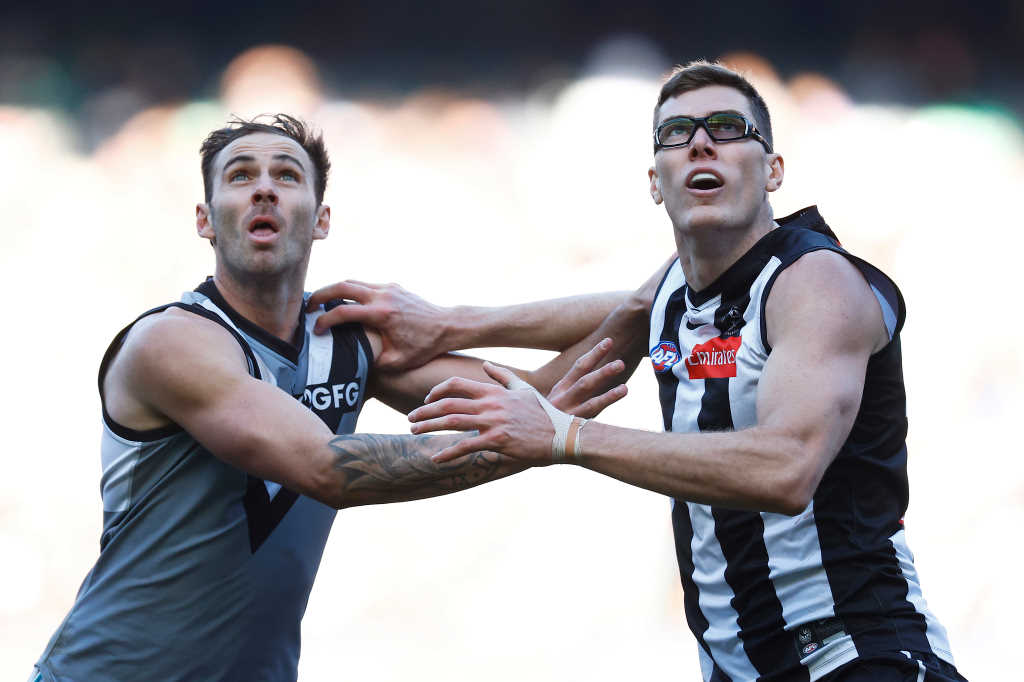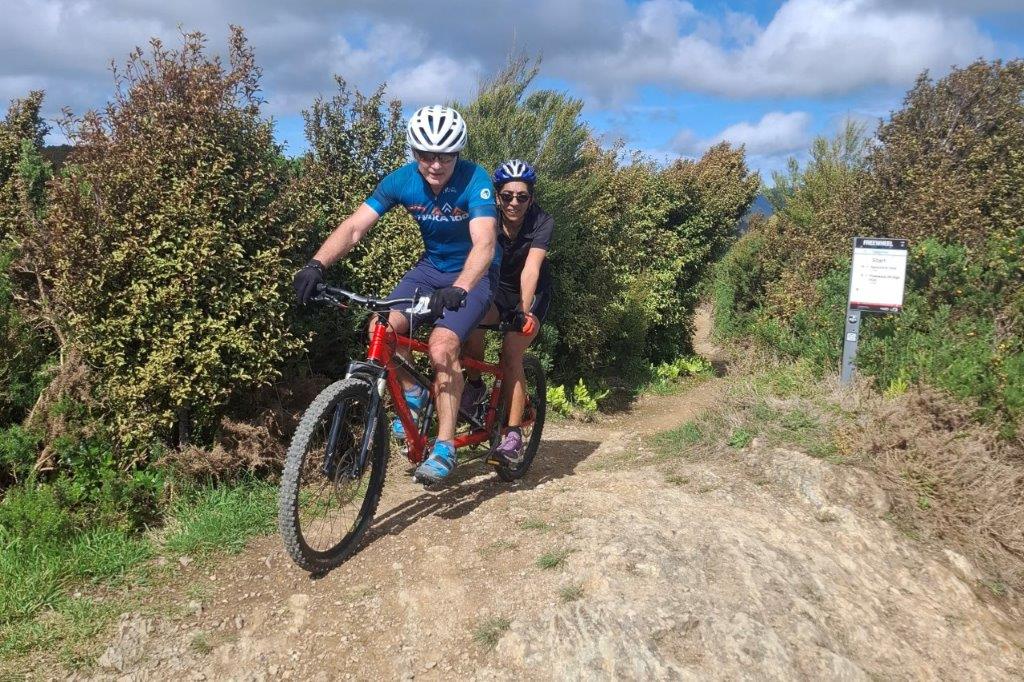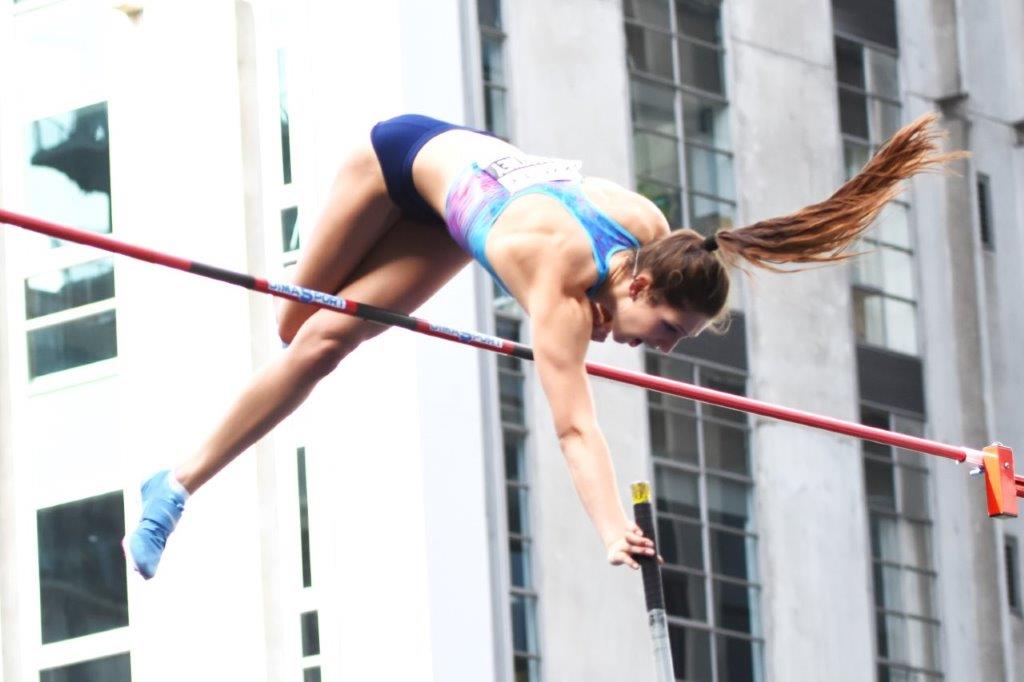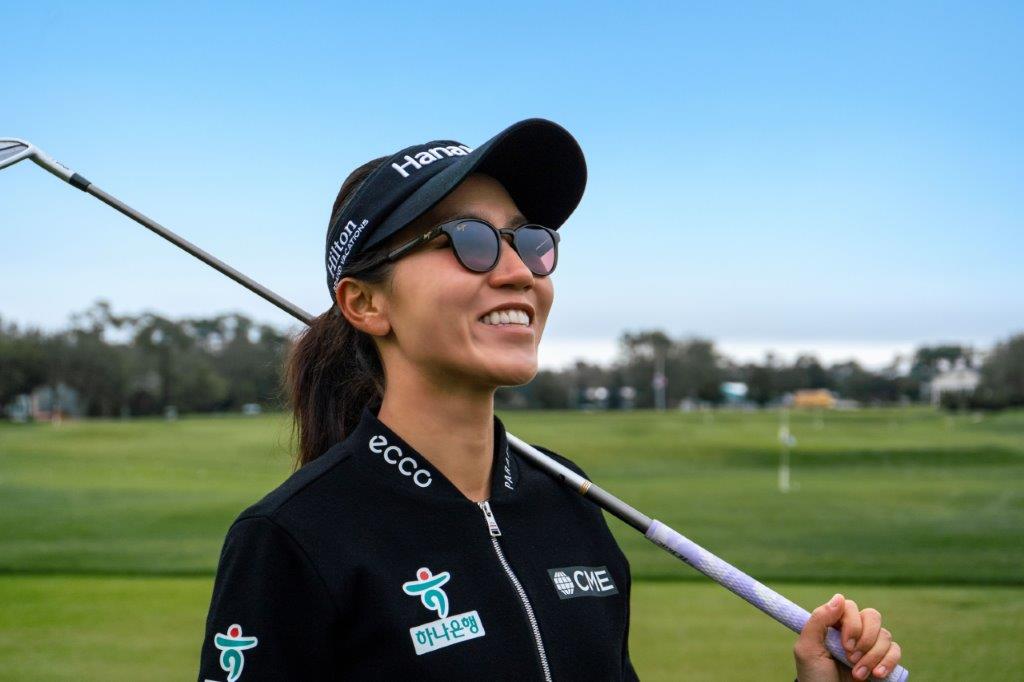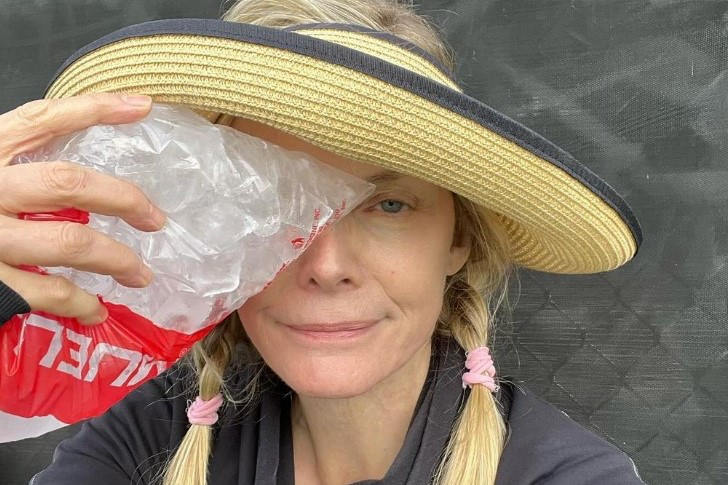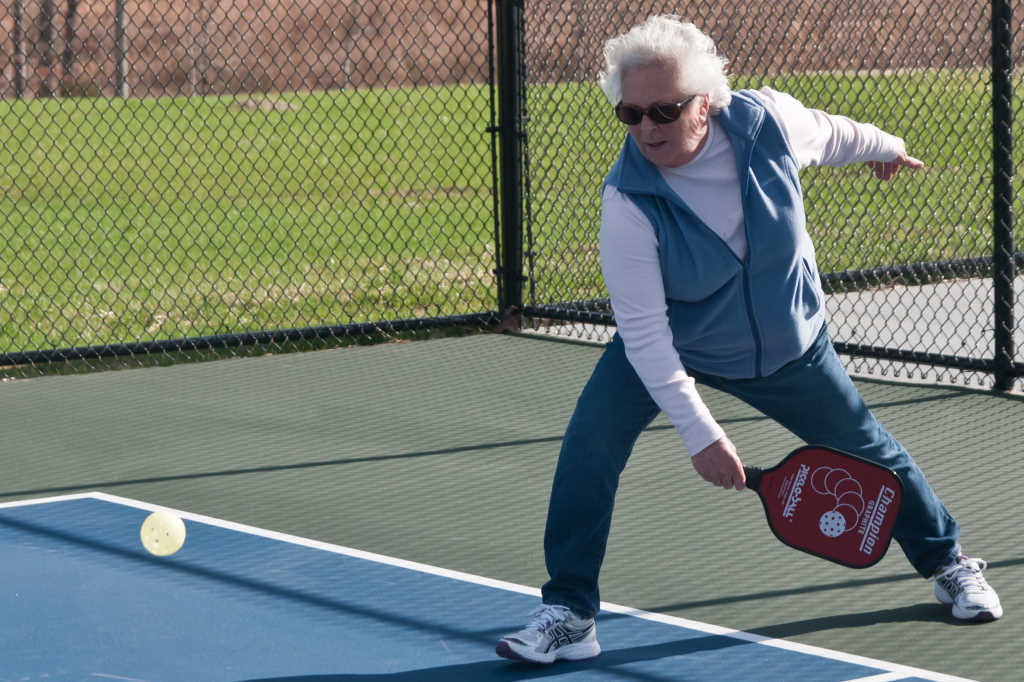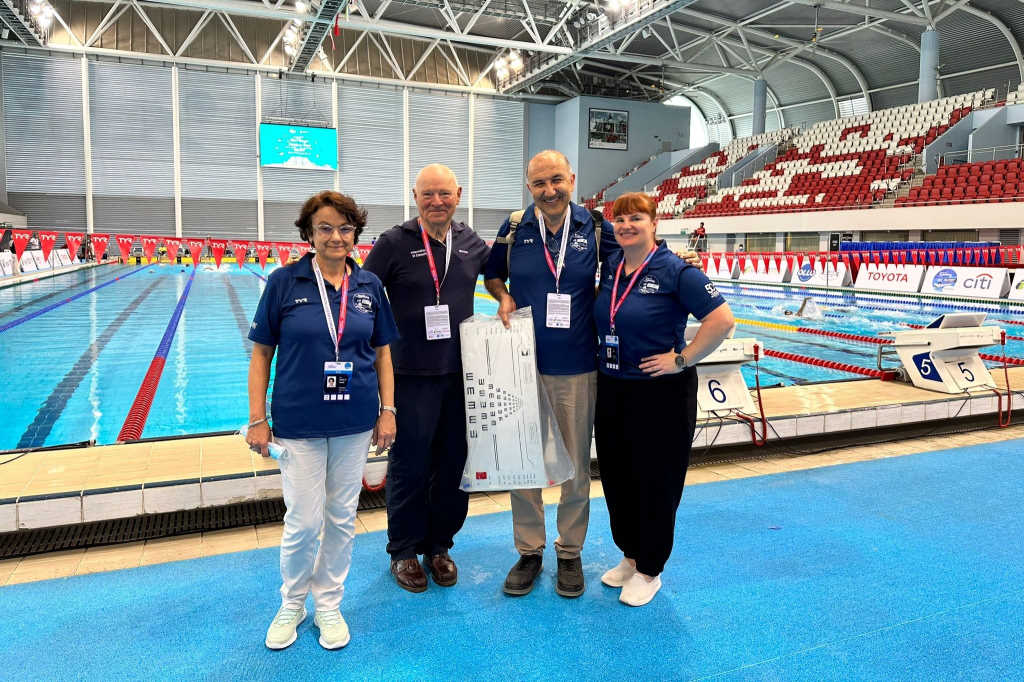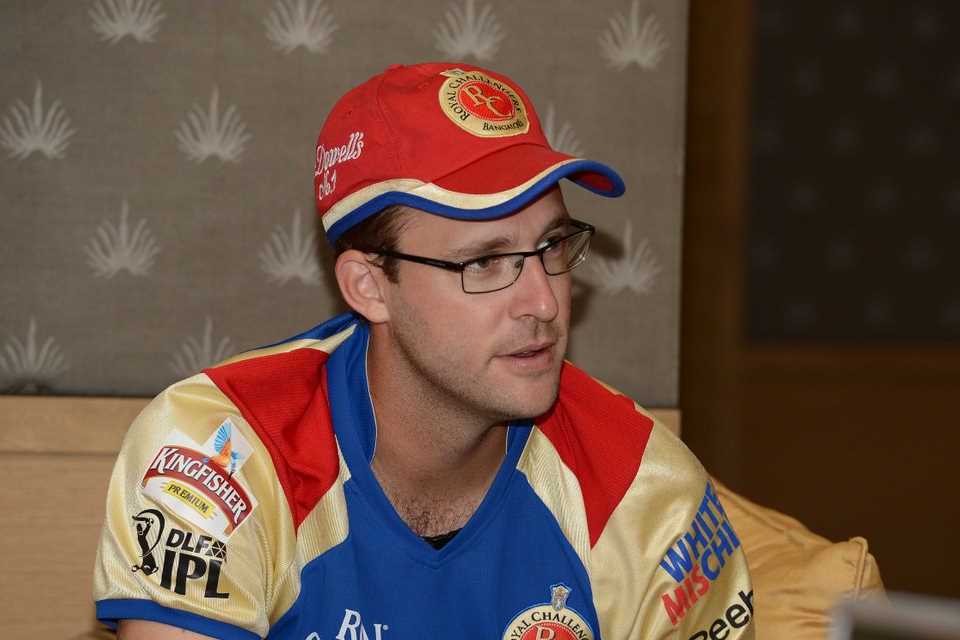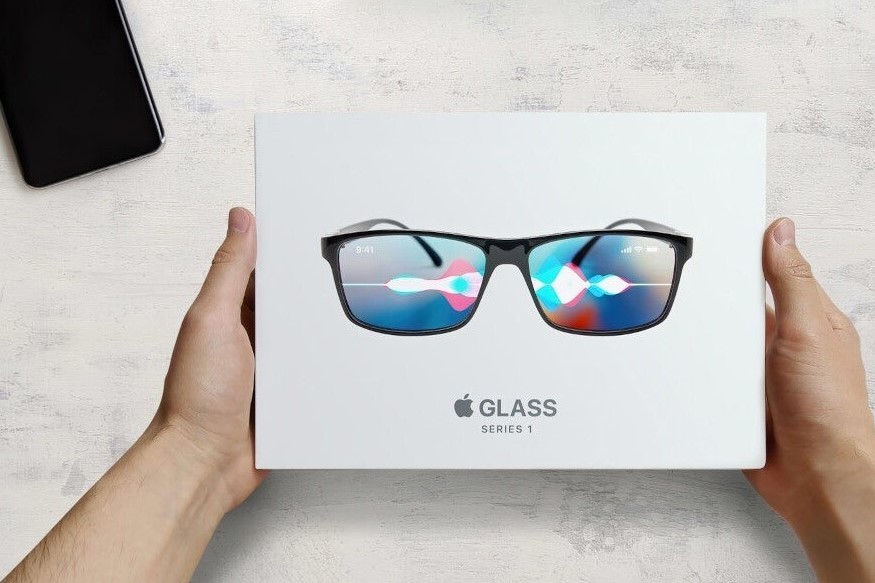Game-changing eyewear
Prevent Blindness, a US nonprofit, declared September 2022 ‘Sports Eye Safety Month’, having recorded 26,000 sports-related eye injuries in the US in 2021. In Australia, a recent Royal Victorian Eye and Ear Hospital study ranked soccer, Australian Football League (AFL) and basketball the most dangerous sports, with most of the 1,700 emergency eye trauma cases analysed being patients aged 10-20 years. However, google ‘can you wear glasses for contact sports?’ and the resounding response is, well, no. So what does that mean for the world’s athletes who require prescription eyewear and wish to partake in the most physical of games?
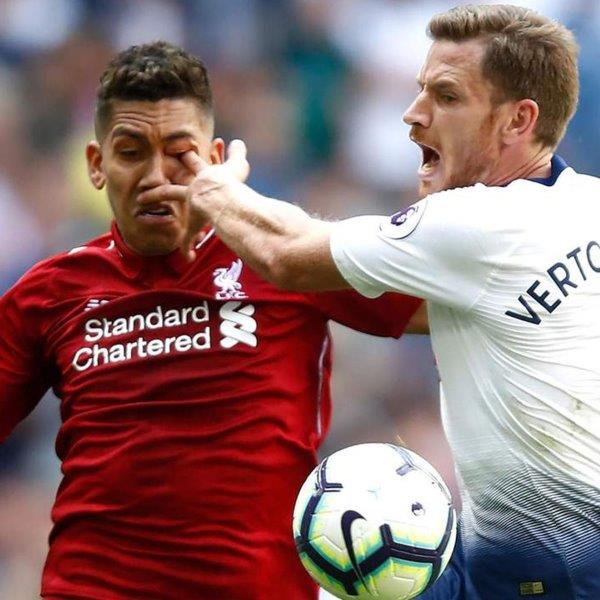
Roberto Firmino receives and accidental eye gouge from Jan Vertonghen. Credit: Twitter/Dr D’Orio Eye Care
Traditionally, the solution has been contact lenses. Many optometrists reason they are both the safest option and the best way to provide the peripheral vision not generally associated with spectacles. Stuart Whelan, sales manager at Hoya Lens New Zealand, suggests a high-impact-resistance lens is the way to go. “Hoya would recommend the Phoenix 1.53, aka Trivex,” said Whelan. The lens is created using a strong, flexible organic material the company said is 60 times more impact resistant than standard plastic lenses, making it an ideal choice for contact sportspeople.
However, contact lenses are not without their drawbacks, with dry eyes a common issue. That’s particularly problematic for athletes, whose discomfort can affect concentration on the field. Contact lenses are also susceptible to the effects of wind, sunlight and humidity and can be lost during an impact.
Conversation starter
Collingwood Australian rules football player Mason Cox recently hit the headlines after receiving permission from the AFL to use prescription goggles for the 2022 season, following an eye injury which hindered his ability to perform. “Mason’s case is currently unique to Collingwood and the AFL,” said Tash Lewis, media manager for Cox’s club. “We also have another athlete, Bassirou Faye, who is a part of our International Rookie scholarship programme, who wears prescription goggles.”
Cox’s adoption of this specialist eyewear is likely to help reduce the stigma around prescription sports goggles, particularly among younger athletes keen to avoid becoming the subject of changing-room banter. “The players have been respectful of Mason’s eyewear,” said Lewis. “They understand it’s needed for a medical purpose. It is not something that has taken up too much of their attention.”
Players like Cox are certainly making the conversation around contact-sport eyewear more mainstream, but it’s nothing new for David Aulert. His Gold Coast-based company, Goggleman, is dedicated to meeting the needs of recreational and niche eyewear generally not catered for by regular optical stores.
“I started the business in its current form 10 years ago after working in the optical industry for over 25 years. My whole day is spent speaking with people who need help across the spectrum of sports and activities.” The most common reason people get in touch is because they love their sport and don’t want to give it up, he said. “They have tried contact lenses and can’t get along with them and going without glasses altogether is a big compromise. It can mean not performing at their best, not enjoying the activity as they want to, and in the worst case, quitting the sport altogether.”
Psychological impact
While protective glasses and goggles are generally easy to source, prescription equivalents are less accessible. Although the last decade has seen an increase in such products, sportspeople still need to proceed with caution, said Aulert. “Contact sports add an extra layer of complexity because the eyewear needs to have a protective element to it,” he explained. “Head clashes are much more likely, so sports glasses and goggles need to be able to meet impact-resistance standards.” This, he said, has a psychological effect, with glasses-wearing players potentially holding back for fear of injury.
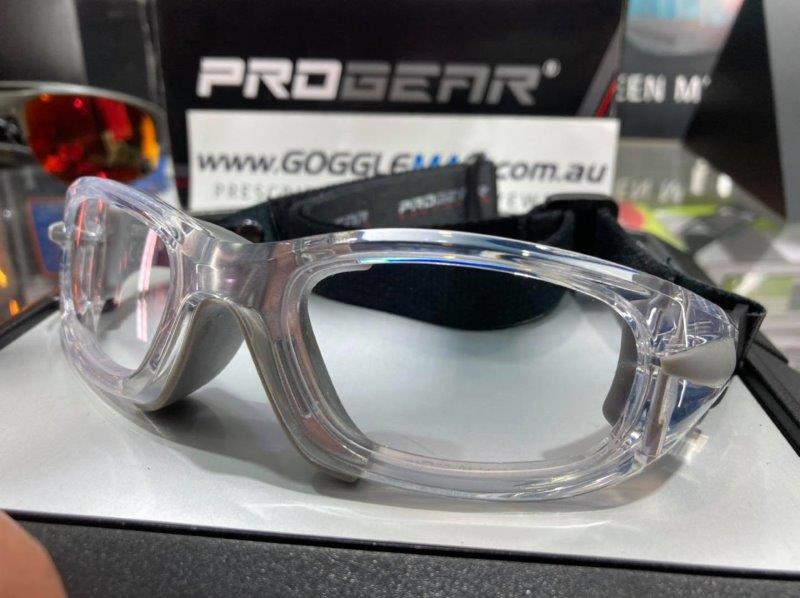
ProGear’s protective prescription eyewear delivers on extra bulk for protection, something the wearer needs to adjust to, according to Goggleman’s David Aulert
Protective glasses also tend to be bulkier and heavier than regular glasses, but for most players that’s not the biggest hindrance. “The most common complaint from sportspeople who need prescription eyewear is the impact on their field of view. This may mean they need to rethink the way they play slightly – I imagine Mason Cox would have made adjustments to get used to the change,” said Aulert.
Sports goggles come with their own unique list of pros and cons, making the decision to wear them a very personal one, said Aulert. “Arguably the most important part many don’t think about is the anti-fog coating. Without it, the glasses can be rendered useless within minutes of running onto the field.” He also advised looking out for materials such as polycarbonate, for durability and impact resistance. “You need to wear glasses or goggles that are safe and comfortable enough to wear for the duration of a game,” he said.
And even when those players transition to the bench as a coach, or retire to the stands, they should probably hang onto their prescription goggles. In a 2021 article, the American Academy of Ophthalmology’s (AAO) David Turbet and Beatrice Shelton warned spectators to keep their eyes on the game. “Balls, bats and even players can end up in the stands at any time,” they said.

Emily Usher is a freelance writer and novelist, originally from Yorkshire, England, now based in South Australia, specialising in the lifestyle and not-for-profit sectors. She plans to release her debut novel in early 2024, published by Serpent's Tail, London.










